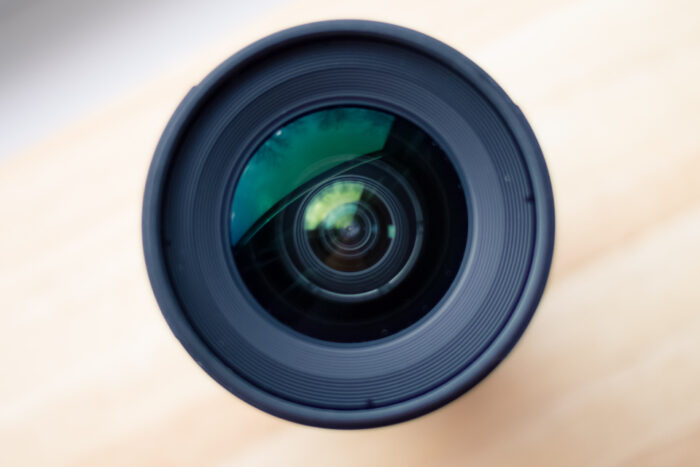2020
am
How to Choose the Right Resolution for Digitizing Photos Written by: Brandon Harris, Smooth Photo Scanning Services

If you plan to digitize your old photos, one of the most important things to consider is what resolution you will scan them at. Resolution is measured in DPI (Dots Per Inch). Dots or pixels are tiny squares that are the building blocks of digital images. Higher-resolution equates to more pixels, which captures more detail of the picture being scanned.
The right resolution to scan photos at depends on what you plan to do with the images in the future. When comparing the same picture scanned at 300, 600, or even 1200 DPI on a computer screen or phone, the difference in quality will not be immediately noticeable to the naked eye.
However, if you zoom in on the image or make a print larger than the original size, the difference in resolution will become apparent. The higher the resolution the more you can enlarge the picture without it looking grainy or pixelated since there is more information present (dots/pixels).
Scanning a 4” x 6” picture at 300 DPI will allow you to reprint that picture at the same size as the original without any loss of quality. Printing any larger will come out blurry. Scanning a picture at 600 DPI will allow you to create a sharp print at double the size without any loss of quality. Scanning at 1200 DPI allows you to print at least 4 times the size.
So, how do you decide which resolution is best for your photos? And what are some of the limitations that you will have to consider?
Well, let’s look at some of the most critical aspects you should know.
How to Choose the Right Resolution –
It may seem like a no-brainer to scan your photos at the highest resolution available. However, there is one downside. Higher resolution images are larger in file size and take up more space on your hard drive. They can also take longer to load and work with. So the answer to the question of what resolution to choose is – it depends on what you plan on doing with the images after they are scanned.
If you plan to use the scanned photos for a website, blog, or social media, it’s important the images are optimized for speed so they load fast. The standard for the web is 72 DPI. If you plan on printing your photos at the same size as the original or want to view the images on a large screen TV, then a minimum of 300 DPI is recommended. If you want to print larger than the original size then a minimum of 600 DPI is recommended. If you want to make large prints of 4 times the size of more than 1200 DPI is necessary.
If you’re not sure what you’ll want to do with the images in the future, it is generally a good idea to scan your photos at a minimum of 600 DPI so you have more options in the future.
Since different situations may require their own approach, it might be best to reach out to a professional that can help you digitize photos and determine the ideal DPI for every situation. Contact Smooth Photo Scanning today for the picture scanning service of your scanning needs.


